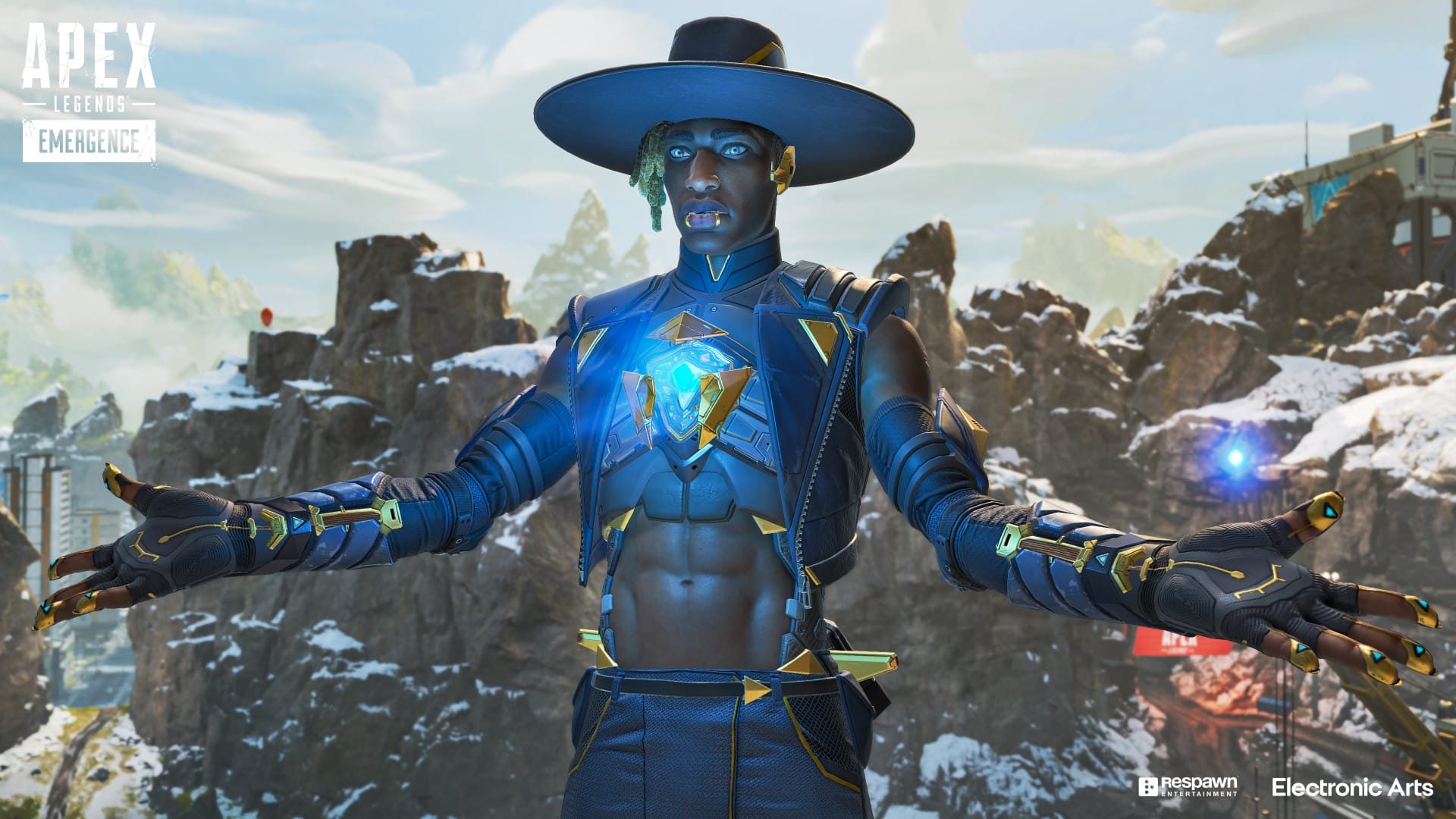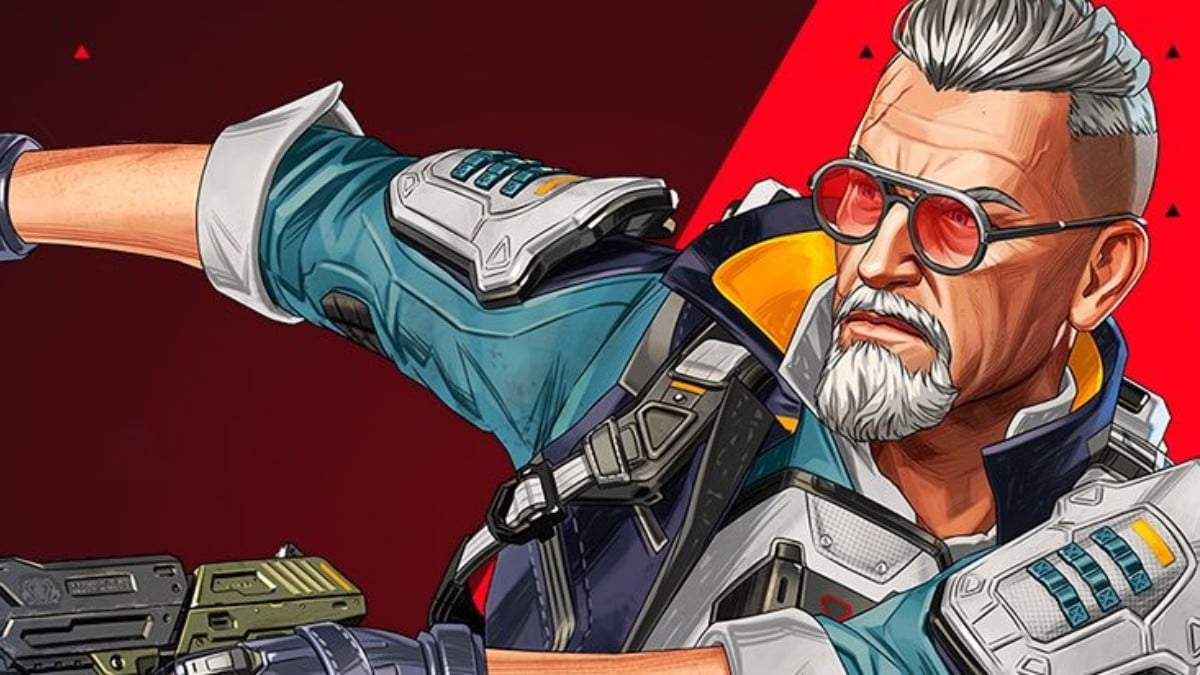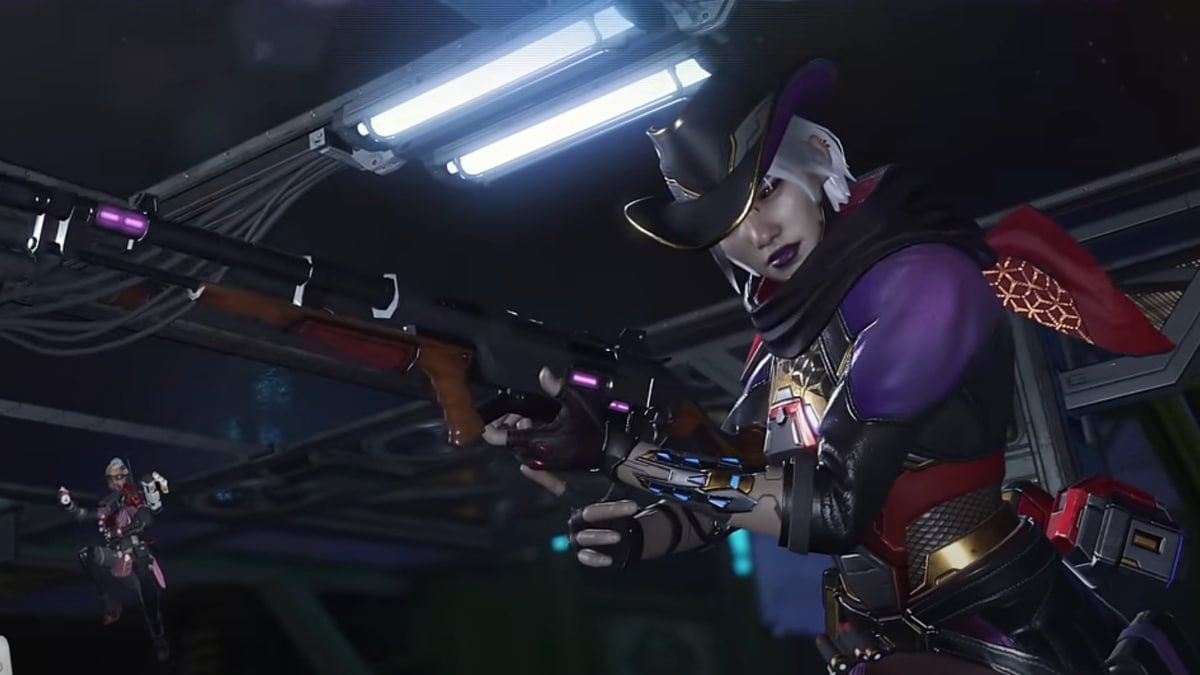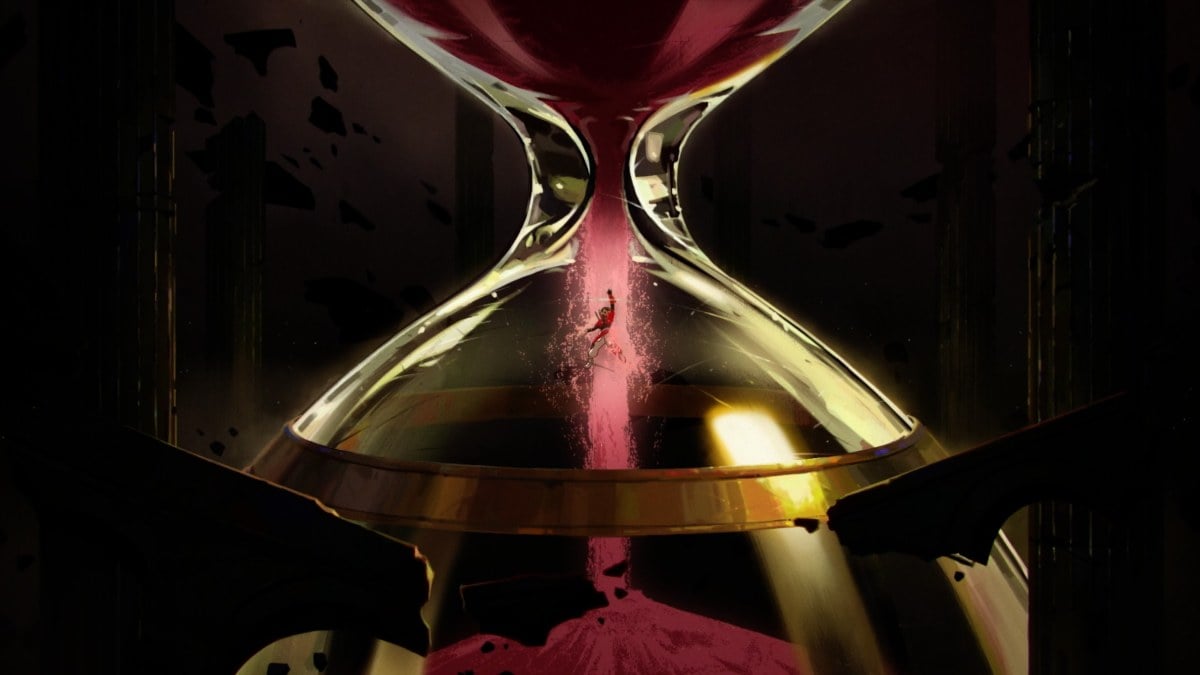Apex Legends’ Revenant was introduced with blood. He murdered contender Jimmie “Forge” McCormick during a shocking cinematic and his character trailer revealed his sheer violence as a hitman gone rogue.
His creators transformed him into a simulacrum, a robot with a human mind, and manipulated him into thinking he was human. His response was indomitable cruelty. His background was meticulously constructed and gradually revealed in the weeks leading up to the latest season.
Revenant introduces himself as a “gamechanger” in the season four gameplay trailer, and that’s not an understatement. He’s the herald of a new, storytelling-oriented direction for Respawn.
The build-up to Revenant has been one of the most electrifying and magnetic moments of the battle royale and a testament to Respawn’s writing talent. By choosing to explore narrative elements in more detail, the studio has stepped into a new dimension of lore, and it’s a most welcome change of pace.
Exploring the universe was always an implicit part of Apex Legends. Each legend has a backstory and a reason to join the Apex Games, and there’s quite a lot of lore behind the Syndicate, which organizes the competition. But Apex kicked off mainly as a class-based battle royale, not as a story experience. Revenant proved that it’s possible to combine both.
As soon as Apex launched, Respawn promised to hold four seasons in its first year, each one with a new legend, a new weapon, and a battle pass. It was transparent from the beginning, and “season zero” players were anxiously awaiting the release of the first new competitor. He showed up on the following month.
Octane made his way to the servers in March. The charismatic daredevil was the highlight of the new season, a flashy character who had plenty of room to be creative with his jump pads and high-speed chases. His background was simple: the heir to a pharmaceutical company became a daredevil out of sheer boredom, but lost his two legs in a stunt that went wrong. After having his legs replaced with metallic limbs, he chose to run in the Apex Games. It’s a straightforward story, but it works.
But after Octane, the subsequent seasons and characters felt lacking. Wattson and Crypto, launched in seasons two and three respectively, felt more of a protocol release than an organic addition. They had interesting backstories and unique mechanics, but they still felt underwhelming, possibly because they were considerably less flashy than their predecessor.
Add to that a protracted third season, the series of Peacekeeper balancing patches, and the introduction of skill-based matchmaking. This constellation of dissatisfaction made some players start to jump ship and lose interest in the game. Moments like the Holo-Day Bash and the Grand Soirée were a respite from the everlasting purgatory that was season three.
The magic was dwindling and Revenant jumpstarted it back to life.
Death and Revenge in the Outlands
Revenant’s release was an elaborate, well-planned bamboozle. The introduction of Forge during the season four devstream thwarted fans’ expectations. Some fans were upset about it not being Revenant, but even then, Forge is the type of character that grows on you. Unlike Wattson or Crypto, there was a great deal of build-up to him. And then Respawn killed him.
Forge’s assassination was a shocking twist in itself, and players were nearly as terrified as fictional hostess Lisa Stone. The writers had just essentially scrapped an entire character with one fell swoop and there was finally suspense in Apex for the first time in seasons.
Players were poring over each clue. Was Forge really dead? What would Revenant do next? The death, mystery, and wild theories were reminiscent of Game of Thrones, but with the prospect of a much better, bloodier ending.
Revenant wasn’t built in one day, but his developments were teased religiously over Apex’s social media accounts. One infiltration on Hammond Robotics here, another mysterious data breach there, three employees mysteriously not showing up for work one day—it all compounded to the suspense about the robotic assassin. We knew who was behind the events, but we were still trying to figure out the whys and hows. Why is he targeting Hammond Robotics? Why would Hammond move to Talos in the first place? How would he get into the Apex Games? We could only speculate, and there’s plenty of fun in letting our imaginations run rampant.
Revenant shifted how Apex handled storytelling. Yes, there was a preexisting narrative element to the game, but it unraveled more subtly and far from the forefront. The build-up to season four was an active decision to place more emphasis on creating a story and it paid off.
Senior designer Chin Xiang Chong explained how Apex got to the point it is now.
“How? We hired a bunch of great writers like [Tom Casiello, Ashley Reed, and Manny Hagopian] and focused on narrative being a thing we give high priority to,” he tweeted.
Dislocating narrative and storytelling into the spotlight is what made Revenant what he is. It would be nearly impossible to deploy him if it wasn’t for the introduction of simulacra or the old Hammond Robotics in Titanfall. He was arguably the character who needed most context to understand: the words “immortal murder robot,” in spite of being an accurate description, don’t really capture his essence or account for his past.
The build-up to Revenant gave Respawn the confidence and opportunity to explore the universe behind the game, and hopefully there’s no coming back from it. The writers weaved a magnetic narrative for one of the most appealing legends in the game, and the trailer that officially introduced us to him is nothing short of a work of art. But Apex Legends has always been about legends.
Bloodhound isn’t just your archetypal hunter, Lifeline isn’t just taking the role of a fancy, futuristic cleric in a Dungeons & Dragons party, and Mirage isn’t just the comic relief. They carry their own tropes, of course, but Apex presents us with far more complex characters than other battle royales. That’s part of what makes it special, and Revenant is the embodiment of that premise.
On the eve of its first anniversary, Apex Legends is on the brink of outdoing itself. The game has come a long way since it first launched, and the Revenant saga is a testament that Respawn can take more risks and explore storytelling with more depth and vehemence. They’ve done it before in the Titanfall franchise, and they can do it again for Apex.













Published: Feb 3, 2020 06:32 pm